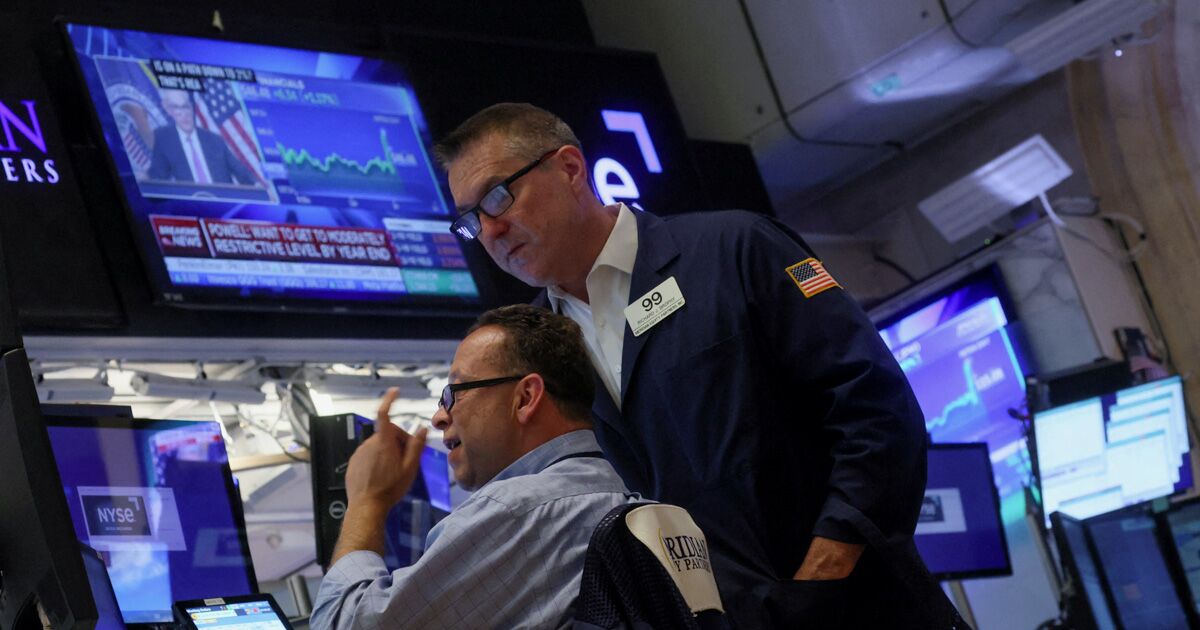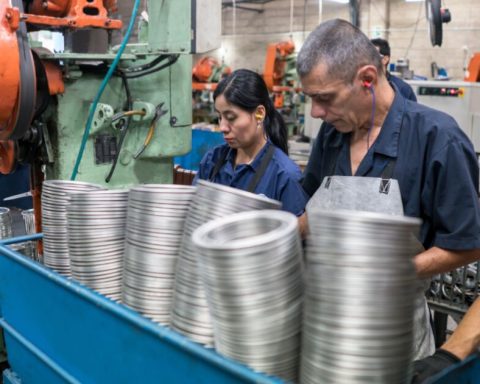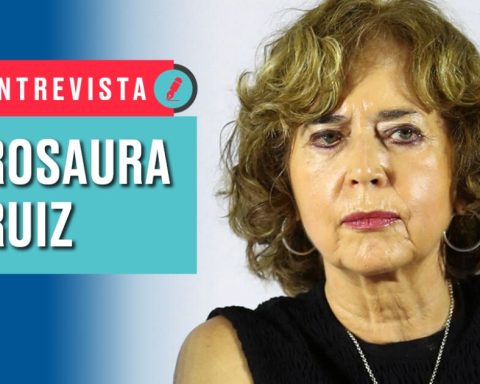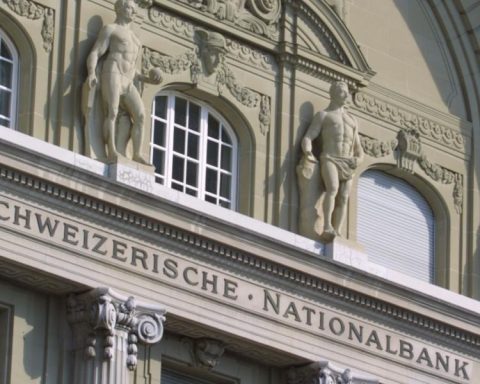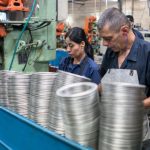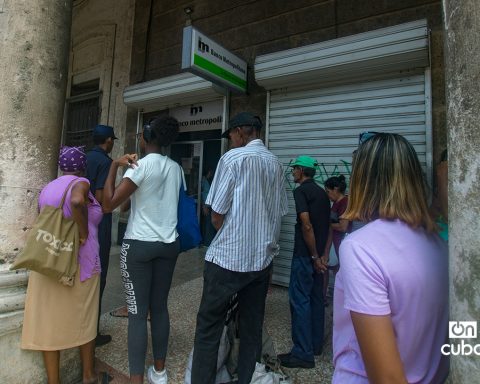If the perception that the Fed tends to run to the aid of financial markets is not dead, it is in deep hibernation, with US officials making it clear in recent days that they are looking beyond the crash on Wall Street and the avalanche of concerns abroad that the US central bank may be pushing the world to the brink of recession.
For Chicago Fed President Charles Evans, the breadth and persistence of high inflation led him to join the consensus that US interest rates will have to continue to rise aggressively. For St. Louis Fed President James Bullard, the potential for “chaos” if the Fed ignores its 2% inflation target outweighs concerns about the immediate risks of aggressive Fed tightening.
Across the spectrum of Fed opinion, the reasons may vary, but the bottom line is the same. Higher interest rates are coming and are likely to stay for a long time.
“What we’ve heard from the Fed is that they simply don’t want to allow any moderate opening in their communications until financial conditions have reached much tighter levels and there is convincing evidence that inflation is going to come down,” said Matthew Luzzetti, chief economist. for the United States at Deutsche Bank.
Despite the volatility in global markets and warnings from international officials about the impact of US monetary policy on the rest of the world, Fed officials “are reluctant, and I think rightly so, to say they are worried or concerned, or that this is affecting politics,” Luzzetti said.
Recession?
As if to emphasize this point, the S&P 500 .SPX Index hit a new nearly two-year low on Tuesday in a bear market that traders blame directly on the Federal Reserve. The index has fallen about 14% in the nearly five weeks since Powell spoke in Wyoming, while the 2-year US Treasury yield has risen from 3.3% to about 4.2%.
“The Fed bailout is off the table. If the economy doesn’t crash and die and unemployment doesn’t take off, it becomes more of a financial market downturn than an ordinary people downturn,” said Charles Lemonides, founder of the hedge fund ValueWorks LLC. “People aren’t losing their jobs, but investors are down 20% in whatever asset class there is.”
Last week, the Fed raised rates by three-quarters of a percentage point, the third consecutive hike of that magnitude.
The central bank’s official interest rate is now 3 percentage points higher than when the year began, and policymakers have indicated it will rise another 1.25 percentage points by January, in the fastest-ever tightening of monetary policy. in decades.
The goal is to cool inflation, which is more than triple the 2% target favored by the Federal Reserve, and policymakers say they have no intention of stopping rate hikes until inflation is on a clear downward trend.
In other words, it won’t be a stock market crash that brings the Fed into a policy “pivot,” but several months of data showing that the upward trend in inflation has been broken.
Some analysts worry that the Fed’s policy decisions are now running ahead of its ability to assess the impact on the economy of rate hikes that have already occurred, citing market stress and volatility as evidence of which may have been exceeded.
This argument still has no place at the Fed.
“I don’t like basing monetary policy so much on equities,” Bullard told an economic forum in London on Tuesday. “Equities are so volatile … Some of it is a natural appreciation of the value of some of these corporate entities and that would be the correct response of the markets to the idea that we have higher interest rates.”
the readjustment
To some extent, in fact, the thrust of the Fed’s policy is to force precisely that reassessment.
Far from a Fed “bailout” setting a floor for financial markets, one of the ways the central bank can rein in demand and inflation is through wealth effects, that is, the influence that the purchasing power stored in real estate, stocks and other assets has over actual spending or, in this case, the loss of wealth that could set some households back.
Overall financial conditions remain below their historical average, or slightly “loose,” according to an index maintained by the Chicago Fed, a sign that Fed officials may still have, as many say, “work to be done”.
Rising interest rates paid on safe investments such as short-term US Treasuries are contributing to that effort by changing the prices of a wide range of other assets.
In the current environment, in which the Federal Reserve is leading a global tightening, it has also pushed up the value of the dollar to a point that has shaken foreign currency markets abroad, investors and central banks that trade in goods or instruments. dollar-denominated financials.
Federal Reserve officials have never accepted the argument that their interest rate or other policy decisions are designed to support financial markets beyond ensuring that those markets retain enough public confidence to function, as they did with liquidity and other support during the COVID-19 pandemic.
Far from encouraging the idea that they are going to relax, the same officials who once advocated that rates remain “lower longer” to encourage employment, are now preaching “higher longer” to curb inflation.
How long this lasts, and whether rates fall back to the low levels that were considered a fixture of the global economy before the pandemic, or remain unexpectedly higher, could reshape financial markets around the world. the world.
“There is some form of rebalancing going on,” said Gregory Daco, chief economist at EY-Parthenon. “I wouldn’t pretend to understand all the underlying dynamics and what’s brewing.”
